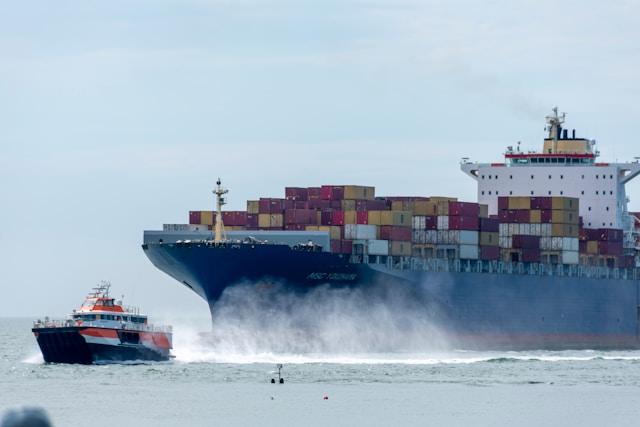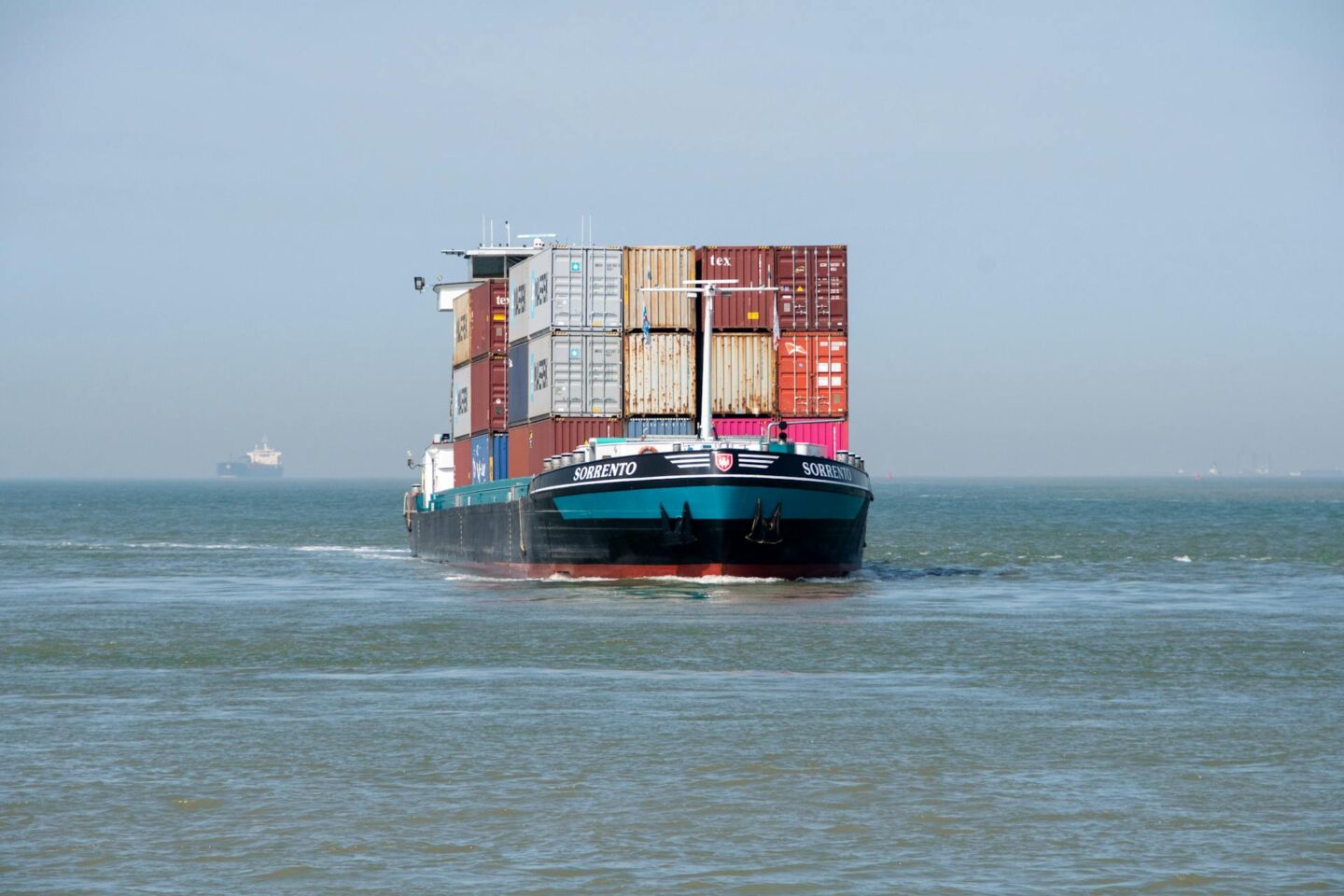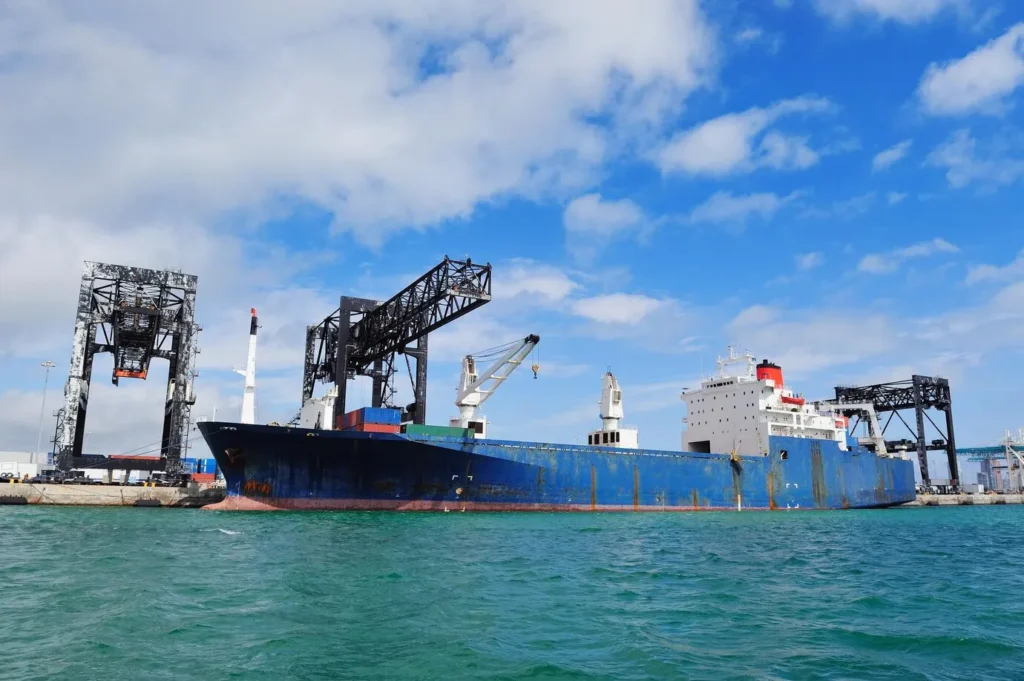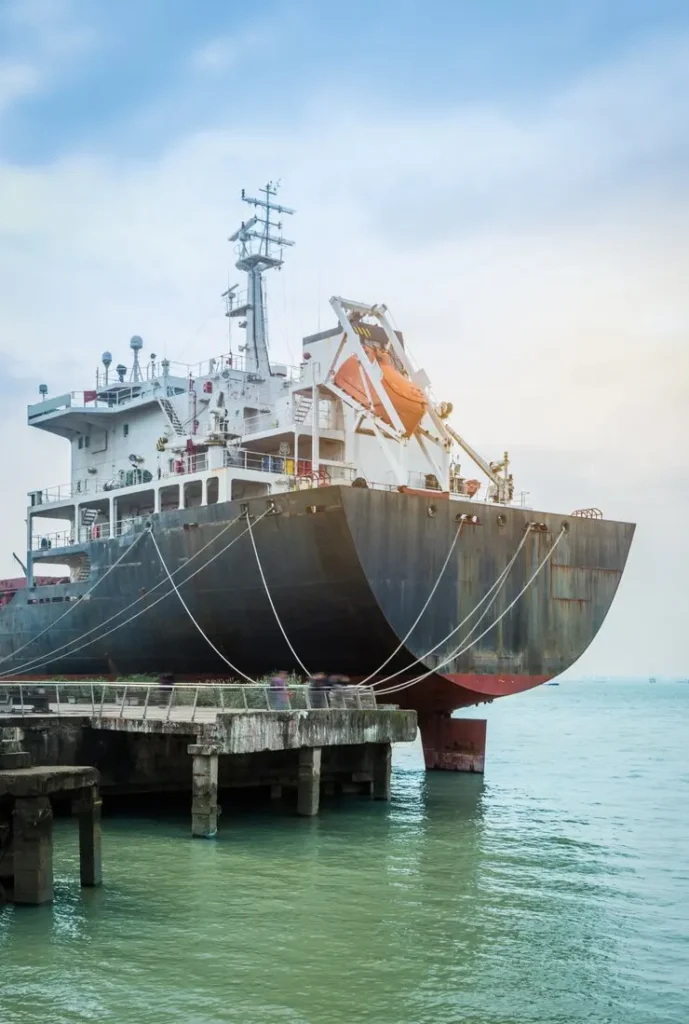All marine ships require proper engineering to sail efficiently. The planetary gear system is one of the components that ensures a smooth flow. This is a smart gearing pattern that effectively controls torque, speed, and direction. It is located in most of the marine engines and propulsion systems. It enables the precise movement of vessels, even in challenging environments.
The knowledge of the mechanism of this gear will make you understand why it is so essential in marine engineering and why it is necessary to maintain it regularly to achieve long-term performance.
What Is a Planetary Gear?
A planetary gear is a compact and efficient system that generates significant power. It consists of three major components: the sun gear is at the centre, the planet gears, which rotate around this ratio, and the ring gear, which keeps the other three components together. This arrangement is also referred to as a planetary gear train or an epicyclic gear. They work together to provide a smooth transfer of torque and regulate speed ratios successfully. You will find this design in gearboxes, engines, and other machines where there is a need for strong and balanced rotation.
How Planetary Gears Drive Marine Vessel Performance
In marine vessels, planetary gear sets play a significant role in power transmission. They help balance input and output torque while controlling gear ratios for smooth propulsion. The system ensures the vessel runs efficiently under different operating conditions. Due to their compact structure, planetary gear units conserve space in confined engine compartments. These gears manage power flow between the engine and propeller, providing consistent movement. This reliable setup supports both energy efficiency and long-term performance across various marine environments.
Torque Management and Power Transfer
Planetary gears handle high-torque loads that marine vessels require for movement. The balanced design spreads force evenly through each gear, reducing strain. This keeps the system steady and powerful during long operations. The gear ratio inside the planetary gearbox helps manage torque and maintain smooth rotation. It also supports a stable powertrain, resulting in improved fuel efficiency. By controlling power transfer in this manner, your vessel can keep a steady speed and respond quickly to various marine conditions.
Compact Design and Concentric Efficiency
The compact, concentric design of planetary gears makes them perfect for marine applications. They save space while maintaining strength and performance. Because every gear rotates around a shared axis, the system stays balanced and precise. The planetary gearbox also helps control gear speed and angular movement efficiently. It fits easily into limited engine spaces without losing power or stability. This makes it ideal for vessels where both high torque and efficient energy use matter most during long operations.
Smooth Gear Shifting and Speed Ratio Control
A planetary gear train allows marine engines to shift speeds smoothly. It adjusts the speed ratio between the input and output shafts to meet changing demands. This means the system can reduce input speed while maintaining high output torque. As a result, your vessel maintains steady performance, even under load. The transmission stays smooth because each planet gear rotates evenly around the sun gear. It’s a clever design that ensures energy efficiency and dependable operation at sea.
Durability and Herringbone Gear Architecture
The herringbone planetary gear design adds strength and reduces vibration in marine systems. Its angled teeth allow quieter operation and smoother motion. This setup limits wear on bearings and ensures even lubrication across all surfaces. It also improves torque transfer while preventing alignment issues. Bevel and pinion parts support precision, ensuring the gearbox remains reliable even under harsh operating conditions. With this architecture, the planetary gear system can handle continuous heavy loads while maintaining stable and efficient performance.
Keeping Planetary Gears in Great Shape
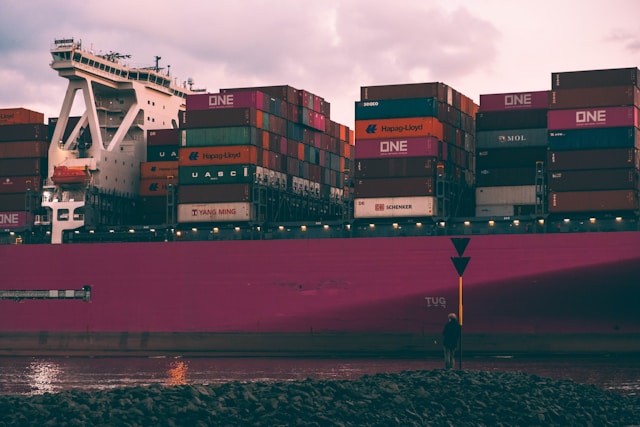
Planetary gears require regular maintenance to maintain optimal working conditions. Here’s what you should do:
- Examine the bearings frequently and ensure they are properly lubricated.
- Check the gear alignment and inspect the planet carrier for any signs of wear. Clean oil is used to enable the system to handle high torque and maintain the appropriate transmission ratio.
- Monitor the changes in gear speeds and vibration- they are the first indications of issues.
With proper maintenance, your planetary gearbox will serve you longer and provide reliable service on numerous journeys.
Conclusion
In marine vessel engineering, planetary gears are needed. They provide power, control torque, and ensure the smooth running of propulsion systems. Their cost-effective, compact design makes ships optimise their performance in varying conditions. This gear system offers steady performance with long-lasting reliability, as well as precise torque handling and accurate speed control. Knowing the mechanism of their operation will help you learn more about the power of your vessel and its efficiency. Maintaining them in good condition implies easier sailing and fewer mechanical concerns during each voyage.
At K-Marine, we provide high-quality marine engineering services to ensure your ship is up and running. Whether you’re experiencing difficulties with your planetary gear system, upgrading components, or improving your powertrain, we are ready to assist you. Contact our team today to discover how we can help your vessel operate efficiently and last longer at sea.
